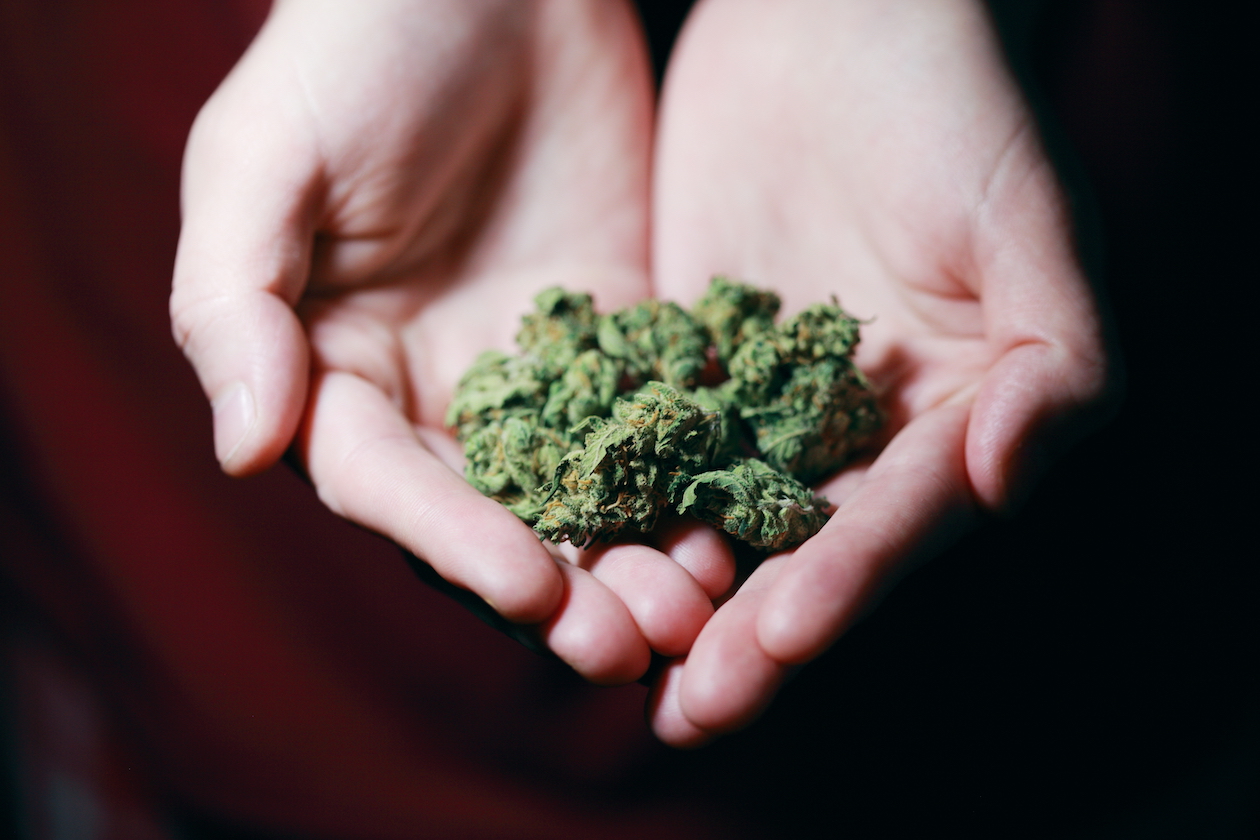The adverse effects of tobacco products on our bodies are well-known. They can cause cancer, lung and heart diseases, and damage the body’s immune system. As such, some turn to marijuana, assuming it’s a healthier alternative to tobacco. However, the American Lung Association states that your lungs should only breathe clean air. Anything else is potentially toxic.
A preliminary study published in the journal Radiology last November, titled “Chest CT Findings in Marijuana Smokers,” shows that marijuana can compound the damage smoking tobacco causes to your lungs. This raises questions about whether marijuana is less safe than we thought. Here’s why the study is significant.
What does the study reveal about marijuana and tobacco?
Because marijuana is illegal in many countries, there has been a lack of imaging research comparing the lungs of tobacco smokers to marijuana smokers. The University of Ottawa conducted preliminary studies comparing these two types of smokers to determine what marijuana inhalation looks like on a CT scan.
Here, they found that smoking marijuana on top of cigarettes can add to the damage that tobacco alone has caused. This involves diseases in the large and small airways. Marijuana smokers showed higher rates of paraseptal emphysema and inflammatory changes like bronchiectasis, mucoid impaction, and bronchial wall thickening. Moreover, younger marijuana smokers showed graver health conditions than tobacco smokers who have been smoking for much longer.
While there are still questions about how marijuana would compare when smoked without tobacco, these results reveal that the substance is not as safe as we thought. Like tobacco, smoking marijuana can also deal heavy health consequences on our lungs.
How can you avoid the effects of marijuana and tobacco?
Effective smoking cessation requires a gradual transition. This helps you avoid withdrawal symptoms that might prompt you to pick up marijuana or tobacco again.
Turning to a smokeless nicotine alternative can help you facilitate sustainable smoking cessation. They come in various forms, so you can choose which method suits your preferences best. In a post on five things to know about nicotine pouches by Prilla, it reveals that these smokeless alternatives are the tobacco-free version of snus and can provide an hour-long stream of nicotine when tucked under your upper lip. Nicotine gum and lozenges may be ingested, though their effects last for only half an hour. If you want a nicotine alternative that doesn’t need to go in your mouth, you can try nicotine patches that can be stuck to your skin for up to 24 hours.
All these smokeless nicotine alternatives come in different strengths of nicotine. Ultimately, this means that they can help you gradually lower your nicotine levels so that you depend less on marijuana and tobacco products over time. What’s more, they do so without harming your lungs.
How long does it take for your lungs to benefit from smoking cessation?
Even if you’ve been inhaling smoke for an extended period, smoking cessation can yield positive results for your health in as little as a month. The 2018 article ‘What Happens After You Quit Smoking?’ posted by Medical News Today states that, in this time, the lungs will already have begun to heal. Former smokers may experience less coughing and shortness of breath. By the ninth month, the lungs would have already healed themselves significantly.
In addition to saving your lungs, smoking cessation can also help you save on treatments for many aspects of your health, like dental health. Our article ‘5 Best Dental Disability Insurance According to Reddit Users 2021’ explains that the typical maximum for dental policies typically ranges from $1000 to $1500. But treatment for gum disease, often caused by smoking, can cost up to $10,000. With smoke affecting more than your dental health, cessation can help you avoid breaking the bank on health expenses like these.
Studies are revealing more about the adverse effects of marijuana on the lungs. By starting on your smoking cessation journey, you can prevent health conditions from developing and safeguard your lungs from smoke.

Leave a Reply